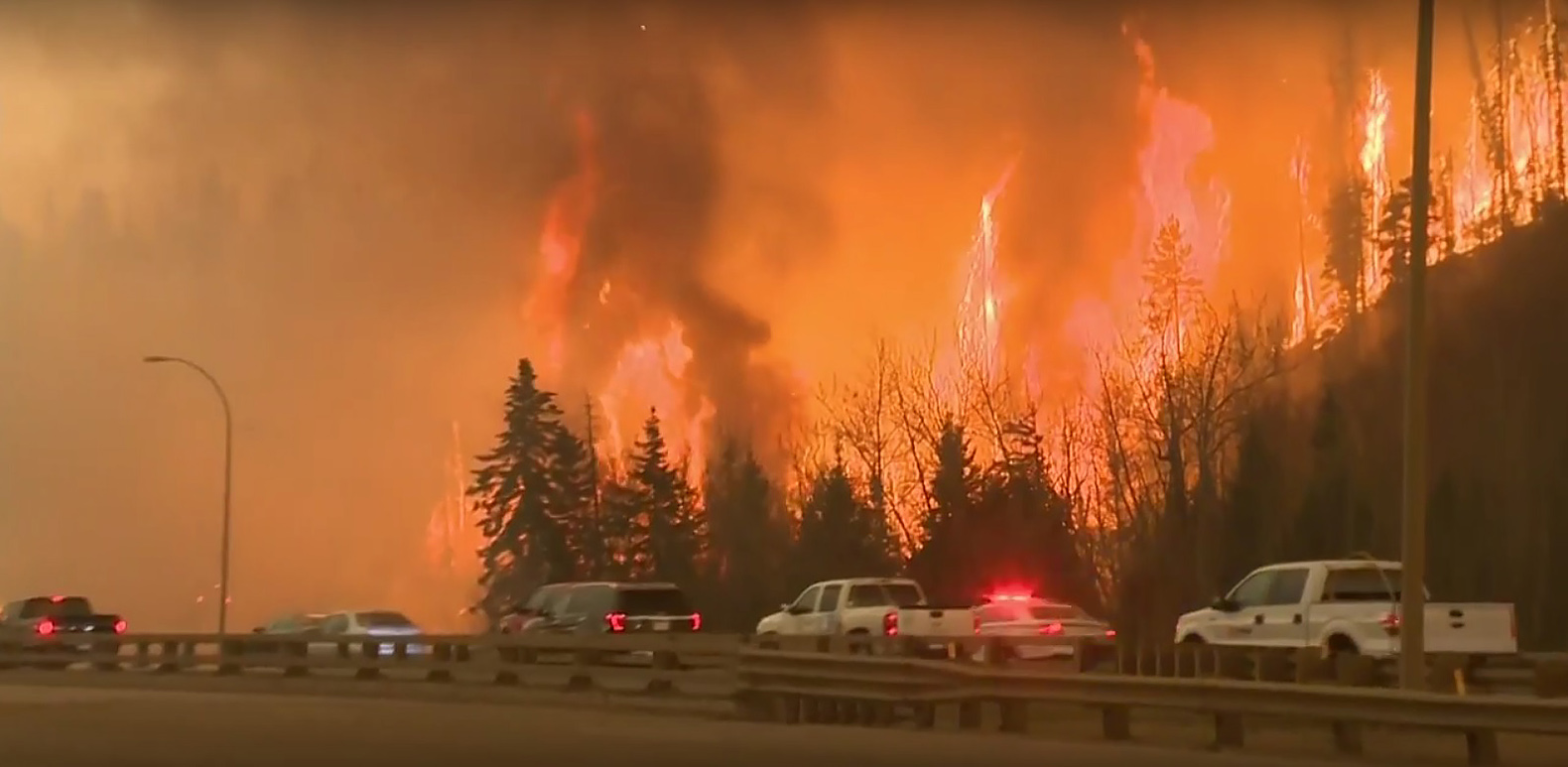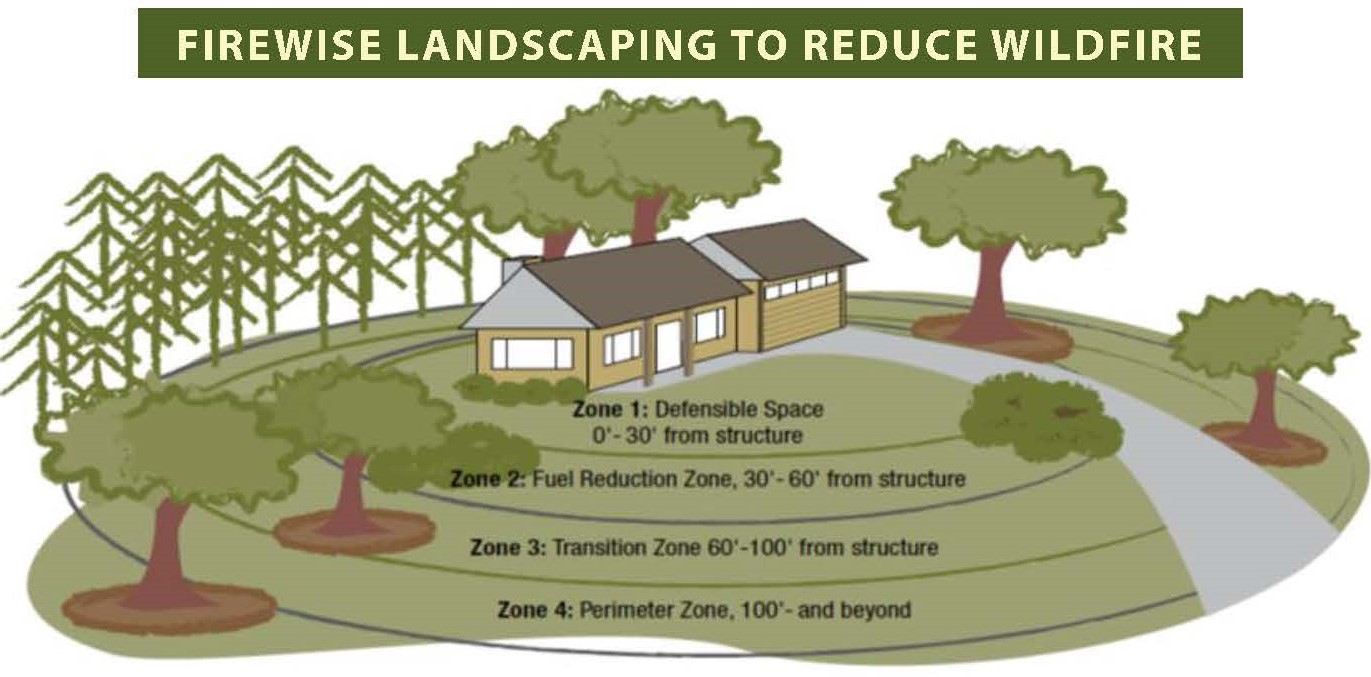
There Are Reasons Some Prefer To Stay
A new study provides insight as to why some individuals do not follow evacuation orders when presented with the risk of wildfires.
Feb. 2, 2018 /PRNewswire-USNewswire/ — Research indicates that climate change has increased the intensity and frequency of wildfires. While many people heed evacuation warnings from officials, there are those who choose to stay and defend their homes, as well as a growing number of individuals who tend to “wait and see.” Both a lack of preparedness to defend one’s home and a delay in evacuating can increase risk to both public safety and property. How can officials effectively communicate with these varied publics to ensure public safety?
A new study recently published in Risk Analysis: An International Journal uncovers insights into what motivates individuals to evacuate early, wait and see, or stay and defend when faced with a wildfire threat. Much of our understanding of evacuation decisions comes from hurricanes, which usually have a long warning time, can be reasonably forecasted, and for which evacuation is the best choice. In contrast, wildfires are much more unpredictable, making it difficult to predict who needs to evacuate and when. Also, evacuation may not always be the best action, especially when there has been little warning time.
The study, “Should I stay or should I go now? Or should I wait and see? Influences on wildfire evacuation decisions,” revealed that those inclined to evacuate believe that evacuation is an effective risk mitigation strategy, and those inclined to stay have a higher tolerance for risk and believe they know how to prepare their property for wildfire.
The researchers surveyed individuals from three fire-prone areas that had experienced fire-driven evacuations in the past three years. The sample included 759 people from Horry County, South Carolina; Chelan County, Washington; and Montgomery County, Texas.
Participants were asked to assess their past evacuation decisions and preparedness activities and were questioned about their beliefs regarding the efficacy of different responses, potential reasons for preparing to evacuate and the importance of various evacuation decision cues, as well as their risk perceptions and risk attitudes.
The researchers used statistical modeling to compare the results of the ‘wait and see’ and ‘stay and defend’ respondents to those who leave early. Results indicated that issuing a voluntary evacuation order decreases the odds that an individual will wait and see by 60 percent, and stay and defend by 65 percent. Issuing a mandatory evacuation order decreases the odds by 96 percent and 91 percent, respectively. However, when an individual relies on physical cues such as seeing smoke or flames, this increases the likelihood an individual will wait and see by 158 percent, while an increasing belief that it is possible to safely stay and defend one’s home increases the odds of staying and defending by 68 percent.
Respondents were asked to rate whether they are generally prepared to take risks or avoid them altogether (general risk attitude) and were then presented with a series of risky scenarios and asked to rate the likelihood of finding themselves in that situation (safety risk attitude and financial risk attitude). A unit increase in general risk attitude (toward greater risk tolerance) increases the likelihood an individual will stay and defend by 36 percent, while a one unit increase in financial risk attitude decreases the odds of staying and defending by 31 percent.
“Our study begins to provide insight into some of the reasons why wildfire managers see a range of evacuation behavior. Notably we found evidence that different risk attitudes, which have not received much attention in understanding evacuation behavior, are associated with different behaviors,” states Sarah McCaffrey, lead author and research social scientist with the USDA Forest Service. “We also found that those who leave early appear to rely solely on official cues to determine when to leave, while the majority (those who either wait and see or stay and defend) rely on both official cues and physical cues. The question this raises is whether individuals understand how to appropriately interpret the physical cues.”
As individuals increase their reliance on official cues, they are more likely to evacuate, even if they initially fall into the wait and see or stay and defend groups. However, many individuals are concerned that they will not receive a warning far enough in advance to allow their families to evacuate.
Individuals who wait and see are the largest group and are problematic for authorities who seek to encourage decisive planning and action. This reliance also leads individuals with pre-existing preferences to become less likely to act as they originally intended (i.e. those who initially planned to evacuate deciding to stay and defend).
Since the largest portion of individuals affected by wildfires base their final decision on physical cues, the researchers recommend that communication to this population should focus on how to appropriately assess physical wildfire cues and the challenges of making an accurate assessment. For many, the most appropriate response to wildfire threat will depend upon personal trade-off preferences between safety and property protection.

Wildfire Evacuation Plan Is More Than You May Think
Everyone living in a wooded area should have an evacuation plan. It should be discussed periodically, and parts of it should even be rehearsed.
An evacuation plan is more than a description of how to get out of the house.
A complete plan includes:
- An escape route.
- A family meeting place.
- Instructions for children.
- Steps to make your house as fireproof as possible.
- Plans for a fast getaway.
- Provisions for pets.
Generally, a family forced by wildfire to evacuate will do so together, so the escape route will be the same for all. It is important to establish a meeting place in case all family members are not home when the evacuation takes place.
Children who are home alone should have firm instructions to leave the home at the first threat of danger. They should report to the prearranged meeting place and stay there until they hear from you. Should they encounter a threatening situation upon arriving home, their instructions should be to go directly to the meeting place.
Depending on how much time you have before an approaching wildfire could likely reach your vicinity, here are some things you can do to help fireproof your home, ensure a fast getaway, and take care of pets.
Outside the House
Place combustible items (outdoor furniture, etc.) in the garage, house or barn.
Seal up attic and ground vents and windows (if storm shutters are not present) with precut plywood to keep out sparks.
Connect garden hoses to outside taps; equip them with spray nozzle guns. Have enough hose to reach any area of the house and nearby out-buildings.
Turn off fuel supplies by closing the service valve at the tank or meter. Extinguish all pilot lights.
Place sprinklers on the roof and near all above-ground fuel tanks or meter. DO NOT turn on the water until the fire is near in order to conserve water.
If you have a portable gasoline powered pump to take water from a swimming pool, tank or pond, make sure it is operational and in place.
Inside the House
Close all windows and doors to prevent sparks from blowing inside and to prevent drafts.
Open the damper on fireplaces to stabilize inside-outside pressure, but close fireplace screens to keep sparks from igniting the interior of the house.
Turn on a light in each room to make the house more visible in heavy smoke.
Close all venetian blinds and heavy drapes to keep out heat and to provide safety in case heat or wind breaks windows.
Remove lightweight curtains to prevent them from being ignited by radiated heat.
Move flammable furniture away from windows and sliding doors to reduce the possibility of ignition.
Place valuable papers and memorabilia inside the car for quick departure.
Confine pets to one room so they can be easily located.
Back the car into the garage and roll up the windows.
If there is an automatic garage door opener, disconnect it so you can still get the car out if a power failure occurs.
Close all garage doors and windows.
Keep your radio tuned to a local station for fire reports and evacuation information.
About SRA – The Society for Risk Analysis is a multidisciplinary, interdisciplinary, scholarly, international society that provides an open forum for all those interested in risk analysis. SRA was established in 1980 and has published Risk Analysis: An International Journal, the leading scholarly journal in the field, continuously since 1981. For more information, visit www.sra.org
